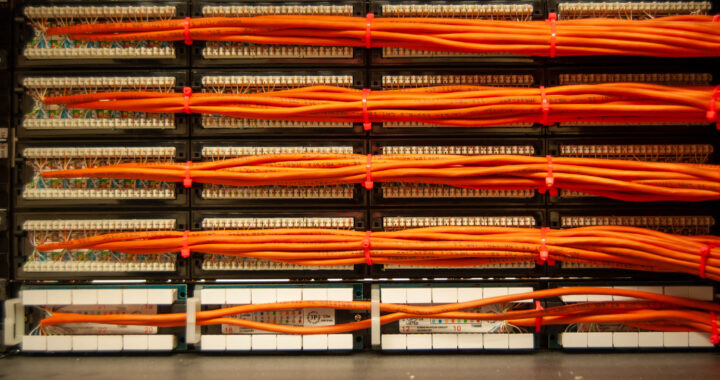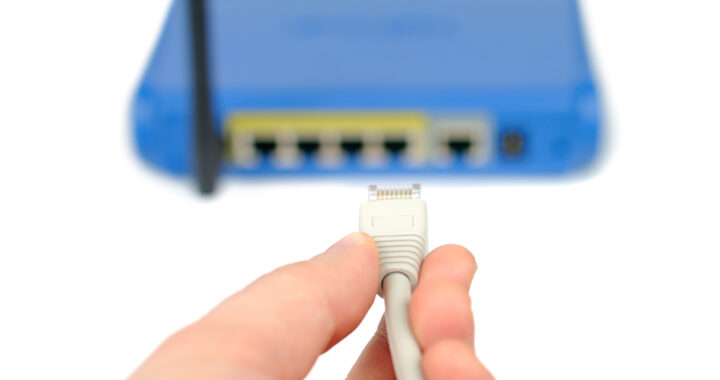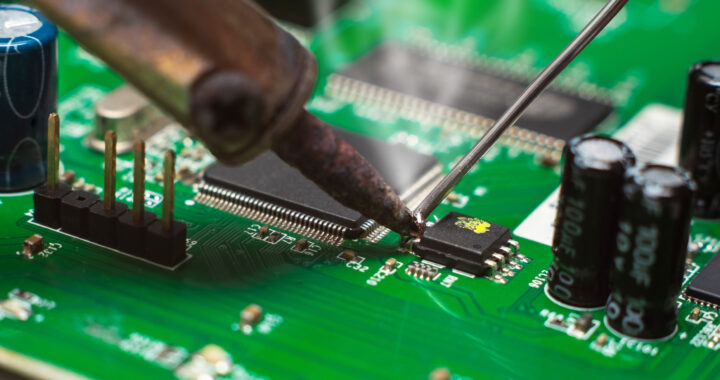If there’s an unsung hero of RCI’s business technology service offerings, it would have to be pulling cable. We’ve been pulling cable in Roanoke for about four decades, almost since the founding of RCI in the late 1970s. Though we’ve introduced ourselves as an IT company, a business technology company, a surveillance system installer, and a provider of telephone systems sales and service, we’ve rarely been cable pulling forward.
It’s certainly not something we try to hide. It’s just that running cable often comes along with our other services or gets provided by contractors who subcontract cabling providers.
Running cable is necessary for nearly every construction and IT project. And there’s more to cable installation than meets the eye. Unfortunately, cabling’s relatively straightforward nature makes it appear deceptively simple. But when nonprofessionals try to run their cable, they often make mistakes.
Here are the top 5 most common DIY cable-pulling errors.
Waiting Too Long
Construction projects are time-consuming, complex, and challenging. When a business remodels or adds an addition, there’s a lot to take care of! Without someone with experience managing the project, it’s easy to forget something or do things in the wrong order.
Pulling cable is easiest when the space is relatively empty. Before you put the walls in, a small cabling project can take a few hours, but cabling a completed space will take much longer. So, while this DIY cabling error won’t cause a malfunction, it will certainly create an inconvenience!
Straight Line
We all know that a straight line is the shortest distance between two points. But the line’s model of efficiency doesn’t translate to effective cabling. The best way to run a cable is along established paths, ideally through a conduit.
Cabling that cuts diagonally across a ceiling is asking for a future construction issue or an accidental severing.
Not Using Conduit
Cable is insulated, but that doesn’t make it impervious to damage. Running cable through conduit is both protective and efficient. When pulling cable, RCI bundles several cables together and sends them through a conduit, which often allows an established path for future additional cables.
It also means that if cable is against an edge, it won’t eventually get severed.
Leaving Too Much Behind
RCI has witnessed many shoddy cabling jobs. Over the years, people add bad cable on top of bad cable until you have a 30 pound rat’s nests threatening to tumble through your ceiling tiles!
It’s not always possible to remove old cable, but if cable is redundant and accessible, we’ll take it out before putting in something new. When cable was run appropriately from the beginning, along established paths in parallel and perpendicular lines along walls, extra cables creates less of a problem.
If you are able to remove your old cable, there’s a bonus! Cabling is made of copper wire and copper is worth some money. At the time of writing, copper is $4.37 per pound. It may not sound like much, but it adds up.
RCI once used old copper wire from a job site to pay for an office barbecue!
And unfortunately, it’s worth enough that enterprising criminals have been known to cut copper right out of the walls and celing to make a quick buck.
Forgetting the Service Loop
Another common issue RCI finds when we’re called in to clean up someone else’s cabling work is a lack of a service loop. Have you ever looked up at telephone or electric lines? Did you notice a circle of excess line next to the wire’s mounting point on the pole? That’s called a service loop; we use them in indoor cabling, too.
The siren song of efficiency tempts amateur cablers into using as little cable as possible, simply providing enough to go from one termination point to another. Unfortunately, that’s shortsighted.
Office needs change over time. As someone changes an office layout to suit new needs, they may also change where the telephone or computer is placed within the office. You can only move a phone or computer if there’s slack in the line!
Service loops allow for change, and though they may seem inefficient, they prevent you from having to re-cable a room in the long run.
Pulling Cable for Over 40 Years!
RCi has provided business technology to Roanoke and Southwest Virginia businesses for almost 50 years. For most of that time, we’ve also been pulling cable to run that business tech.
If you need to pull cable yourself for a DIY project, be sure to avoid these common pitfalls, but it would be impossible to tell you everything you need to know about pulling cable in a blog! So whenever possible, we recommend hiring professionals to cable your building.
Be sure to check their references…and make sure they know what a service loop is!


